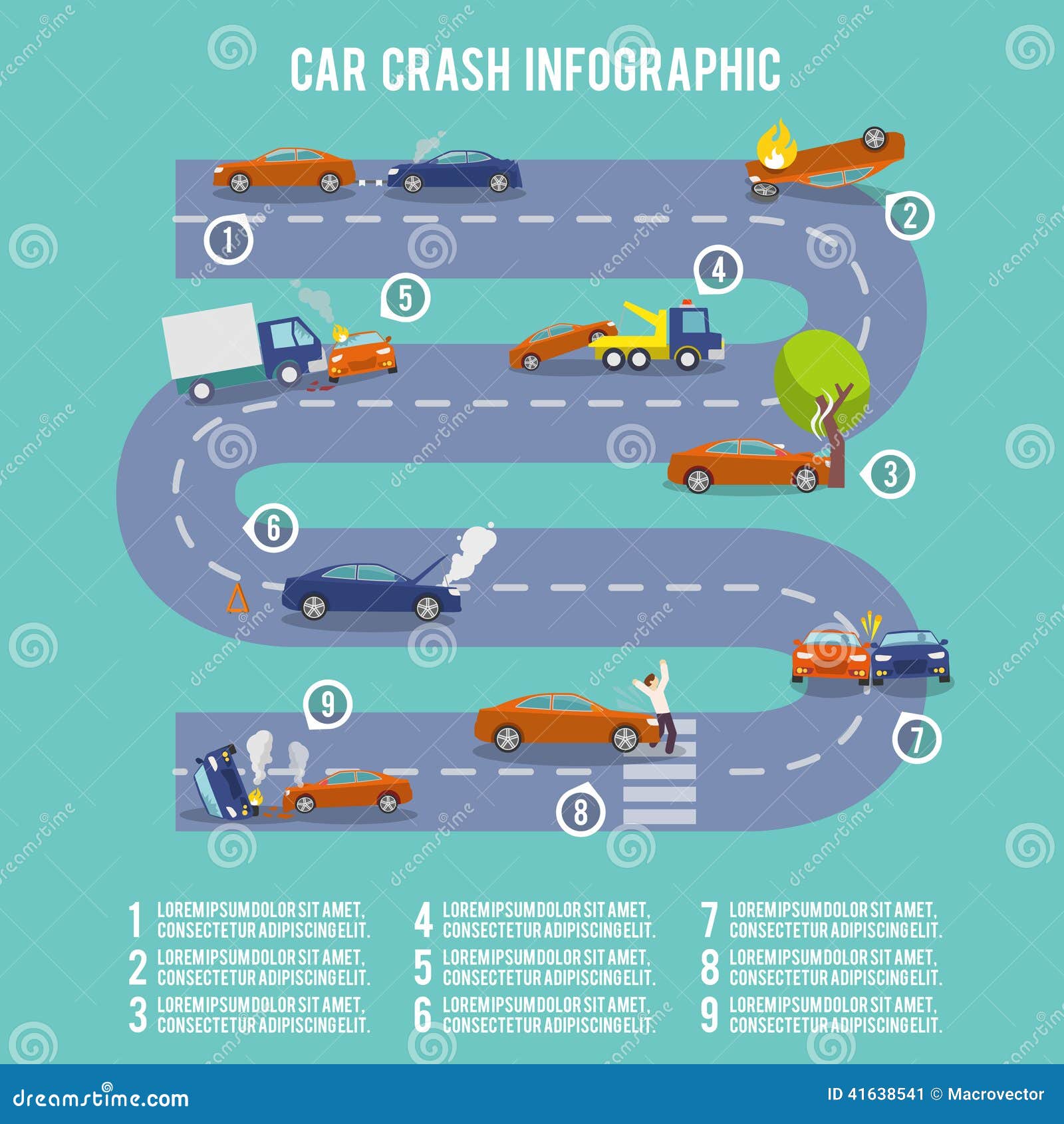Understanding The Significance Behind Your Automobile'S Warning Lighting: An In-Depth Appearance
Understanding The Significance Behind Your Automobile'S Warning Lighting: An In-Depth Appearance
Blog Article
Article By-Samuelsen Gilbert
When you're behind the wheel, those glowing warning lights on your control panel can be a bit puzzling. Do you understand what they're trying to tell you concerning your vehicle's health? Comprehending the importance of these lights is vital for your security and the durability of your automobile. So, the next time among those lights turns up, wouldn't you wish to understand its message precisely and take the essential steps to address it?
Common Warning Lights and Interpretations
Determine typical caution lights in your automobile and comprehend their significances to guarantee safe driving.
The most common caution lights consist of the check engine light, which indicates problems with the engine or discharges system. If this light comes on, it's crucial to have your vehicle examined immediately.
The oil stress advising light indicates low oil pressure, requiring immediate focus to stop engine damages.
A flashing battery light might recommend a defective charging system, potentially leaving you stranded if not dealt with.
straight from the source tracking system (TPMS) light signals you to reduced tire pressure, impacting car security and gas performance. Overlooking this can bring about risky driving conditions.
The abdominal light shows a trouble with the anti-lock braking system, compromising your capability to stop promptly in emergencies.
Lastly, the coolant temperature level alerting light warns of engine overheating, which can cause extreme damages otherwise dealt with quickly.
Understanding these usual caution lights will assist you attend to problems quickly and maintain safe driving conditions.
Relevance of Prompt Attention
Recognizing the typical warning lights in your vehicle is only the primary step; the value of promptly dealing with these cautions can't be highlighted sufficient to ensure your safety when traveling.
When a caution light illuminates on your dashboard, it's your cars and truck's means of communicating a possible problem that requires attention. Disregarding these warnings can result in more severe problems later on, jeopardizing your safety and possibly costing you a lot more in repairs.
Trigger attention to alerting lights can protect against malfunctions and crashes. For visit their website , a flashing check engine light can suggest a misfire that, if left neglected, might trigger damages to the catalytic converter. Resolving this quickly can conserve you from a pricey repair.
In a similar way, a brake system warning light could signal low brake liquid or used brake pads, crucial components for your safety when driving.
DIY Troubleshooting Tips
If you notice a caution light on your control panel, there are a few do it yourself fixing pointers you can attempt prior to looking for professional aid.
The primary step is to consult your auto's handbook to recognize what the particular caution light shows. Sometimes the problem can be as basic as a loosened gas cap activating the check engine light. Tightening up the gas cap may solve the issue.
Another typical problem is a reduced battery, which can cause numerous warning lights. Checking the battery links for corrosion and guaranteeing they're secure might take care of the trouble.
If a caution light lingers, you can attempt resetting it by separating the automobile's battery for a couple of minutes and afterwards reconnecting it. In addition, inspecting your car's liquid degrees, such as oil, coolant, and brake liquid, can assist troubleshoot warning lights related to these systems.
Verdict
In conclusion, understanding your cars and truck's caution lights is vital for keeping your vehicle running efficiently and securely. By quickly attending to these signals and understanding what they indicate, you can avoid pricey fixings and prospective failures.
Keep in mind to consult your vehicle's handbook for specific information on each alerting light and take action accordingly to guarantee a trouble-free driving experience.
Stay educated, stay safe when traveling!
